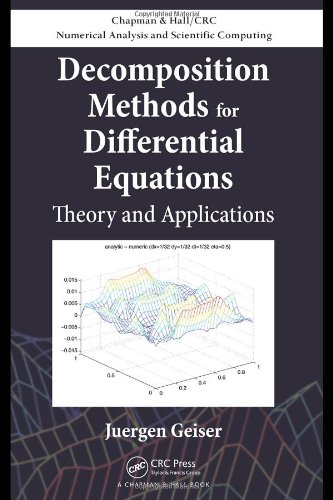

Most ebook files are in PDF format, so you can easily read them using various software such as Foxit Reader or directly on the Google Chrome browser.
Some ebook files are released by publishers in other formats such as .awz, .mobi, .epub, .fb2, etc. You may need to install specific software to read these formats on mobile/PC, such as Calibre.
Please read the tutorial at this link: https://ebookbell.com/faq
We offer FREE conversion to the popular formats you request; however, this may take some time. Therefore, right after payment, please email us, and we will try to provide the service as quickly as possible.
For some exceptional file formats or broken links (if any), please refrain from opening any disputes. Instead, email us first, and we will try to assist within a maximum of 6 hours.
EbookBell Team

4.4
92 reviewsDecomposition Methods for Differential Equations: Theory and Applications describes the analysis of numerical methods for evolution equations based on temporal and spatial decomposition methods. It covers real-life problems, the underlying decomposition and discretization, the stability and consistency analysis of the decomposition methods, and numerical results.
The book focuses on the modeling of selected multi-physics problems, before introducing decomposition analysis. It presents time and space discretization, temporal decomposition, and the combination of time and spatial decomposition methods for parabolic and hyperbolic equations. The author then applies these methods to numerical problems, including test examples and real-world problems in physical and engineering applications. For the computational results, he uses various software tools, such as MATLAB®, R3T, WIAS-HiTNIHS, and OPERA-SPLITT.
Exploring iterative operator-splitting methods, this book shows how to use higher-order discretization methods to solve differential equations. It discusses decomposition methods and their effectiveness, combination possibility with discretization methods, multi-scaling possibilities, and stability to initial and boundary values problems.